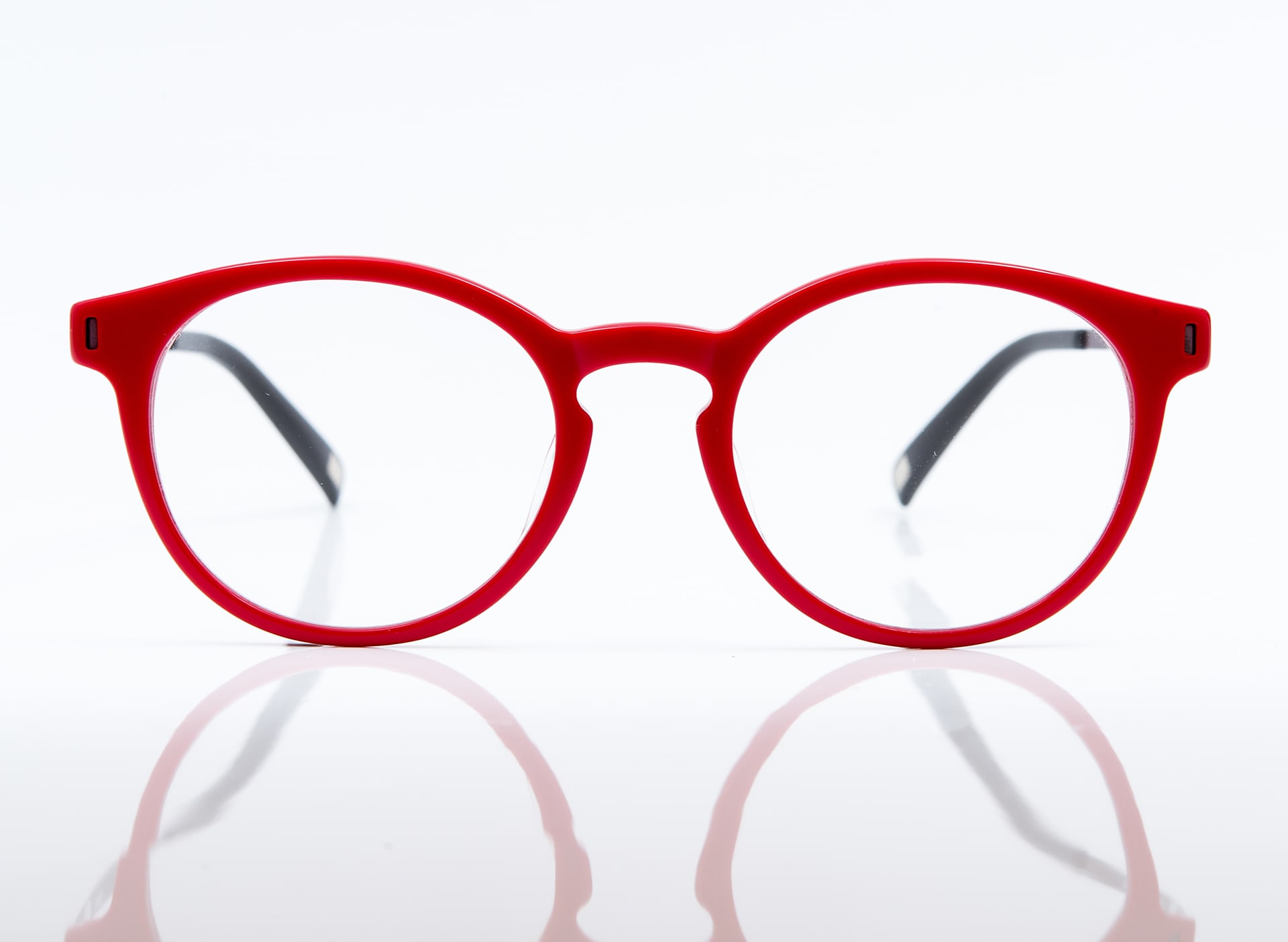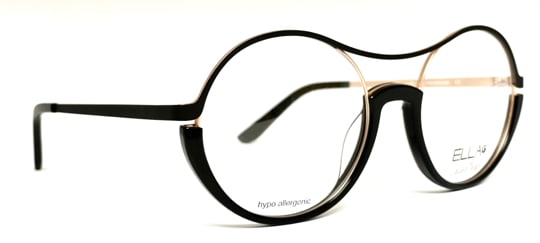An eye exam is more than just reading letters from the infamous eye chart. It’s also a comprehensive assessment of your overall eye health and vision that goes beyond receiving an updated vision prescription for glasses or contacts.
After a baseline routine eye exam, you’re generally okay to drive at the end of your appointment. However, if you undergo additional testing, like eye dilation, you may experience blurriness of vision and light sensitivity for about 4 to 6 hours, making driving unsafe.
Whether you’re here for a routine checkup or a more in-depth look at your eye health, we’re here to guide you through every step of the process.
The Importance of Routine Eye Exams
Routine eye exams assess the overall health of your eye while monitoring visual changes.
Certain eye conditions can manifest without symptoms in their early stages. Many people may not even be aware of structural changes in their eyes. Signs of general health conditions, like diabetes, high blood pressure, or high cholesterol can also manifest in our eyes.
Catching these issues early can lead to more effective treatment, helping you stay healthy and proactive in managing your health.
Everyone is encouraged to have an eye exam. The frequency of these visits varies based on age and a person’s unique health concerns, but as a general rule:
- For adults aged 18+: If you’re generally healthy and have no noticeable vision concerns, it’s typically sufficient to have an eye exam every two years. These routine check-ups help verify your eyes stay in good shape and that any potential issues are caught early.
- For children: Since kids’ eyes are still growing and developing, annual eye exams are encouraged. Regular check-ups can help address any vision changes that might impact their learning or development.
- For adults 50+: As we age, we become more susceptible to conditions like cataracts, glaucoma, and age-related macular degeneration. Annual eye exams are recommended to monitor visual changes and maintain eye health.

What Happens During a Routine Eye Exam?
Knowing what to expect during a routine eye exam can help make the experience more comfortable. But, there’s really nothing to worry about.
A routine eye exam is a non-invasive, relatively quick and thorough appointment that can take anywhere between 20–45 minutes. The actual length of the appointment will depend on any additional tests that your eye doctor wants to conduct.
- Preliminary testing: Your eye exam begins with preliminary tests that include measuring your eye pressure, checking your peripheral, color, and binocular vision, and getting a baseline idea of where your vision prescription is at. These initial steps help gather important information about your overall eye function.
- Vision testing: In the exam room with your eye doctor, you’ll undergo a visual acuity test, where you’re asked to read an eye chart to determine how well you see at various distances. This gives your doctor a snapshot of your vision situation to determine whether you need corrective lenses.
- Refraction test: Next, you might look into a device called a phoropter while your optometrist flips through a series of lenses. This comparison helps find the prescription that provides you with the sharpest vision.
- Eye health evaluation: Your eye doctor will examine your eyes’ internal structure using specialized lights and lenses. This includes inspecting your retina, optic nerve, and other parts of your eye to detect any signs of conditions like glaucoma or macular degeneration.
- Discussion and prescription: Your eye doctor will review the results with you. If glasses or contact lenses are needed, you’ll receive a prescription tailored to your visual needs. Additionally, your eye doctor may provide recommendations for any necessary treatments or lifestyle adjustments that will help you maintain optimal eye health.
- Additional testing (if necessary): Depending on your symptoms or medical history, your doctor may run additional tests, like further glaucoma testing or a dilated eye exam.
Why Would I Need a Dilated Eye Exam?
A dilated eye exam may be one of the additional tests your optometrist wants to perform during your routine eye exam.
This test involves using special eye drops to widen (or dilate) your pupils. Dilation allows your optometrist to get a better look at the structures in the back of your eye, like the retina, optic nerve, and blood vessels.
Although the process is straightforward and painless, dilation can temporarily make your eyes more sensitive to light. For example, you might experience:
- Blurry vision, particularly for close-up tasks.
- Increased sensitivity to light, since your pupils can’t constrict to shield your eyes from brightness.
Not everyone needs a dilated eye exam, but for those who do, it’s a critical component of the appointment.
- Detecting health concerns: Dilation allows your optometrist to thoroughly inspect your retina and optic nerve for signs of serious conditions like diabetic retinopathy, macular degeneration, and other eye diseases.
- Monitoring high-risk patients: If you have diabetes, a family history of eye disease, or are over the age of 60, your optometrist might recommend regular dilated exams to monitor your eye health.
- Assisting with specific symptoms: If you report symptoms like sudden vision changes, eye pain, or floaters, dilation helps your doctor identify any underlying issues.
Can You Drive After a Dilated Eye Exam?
The short answer is that it depends. Everyone reacts a bit differently to an eye dilation, so your ability to drive may vary based on how your eyes feel afterward.
Typically, the effects of the eye dilation last between 4 to 6 hours, though this varies. For some people, the effects can wear off in as little as a few hours, while others may experience sensitivity to light and blurred vision for the better part of a day.
If you’re unsure, it’s always a good idea to plan accordingly. Bring sunglasses or arrange for a loved one to drive you home.
If driving is unavoidable, spend time in the waiting room post-exam and allow the drops’ effects to begin wearing off before you hit the road. Or, book your dilation appointment for a day you’re able to plan ahead. This way, you’ll feel less pressure to hop in the driver’s seat while adapting to temporary vision changes.
Make Eye Care Easy
Routine eye exams are a crucial part of maintaining healthy vision, and preparation can make all the difference.
Connect with our West Shore Eye Care team to schedule your routine eye exam appointment.























